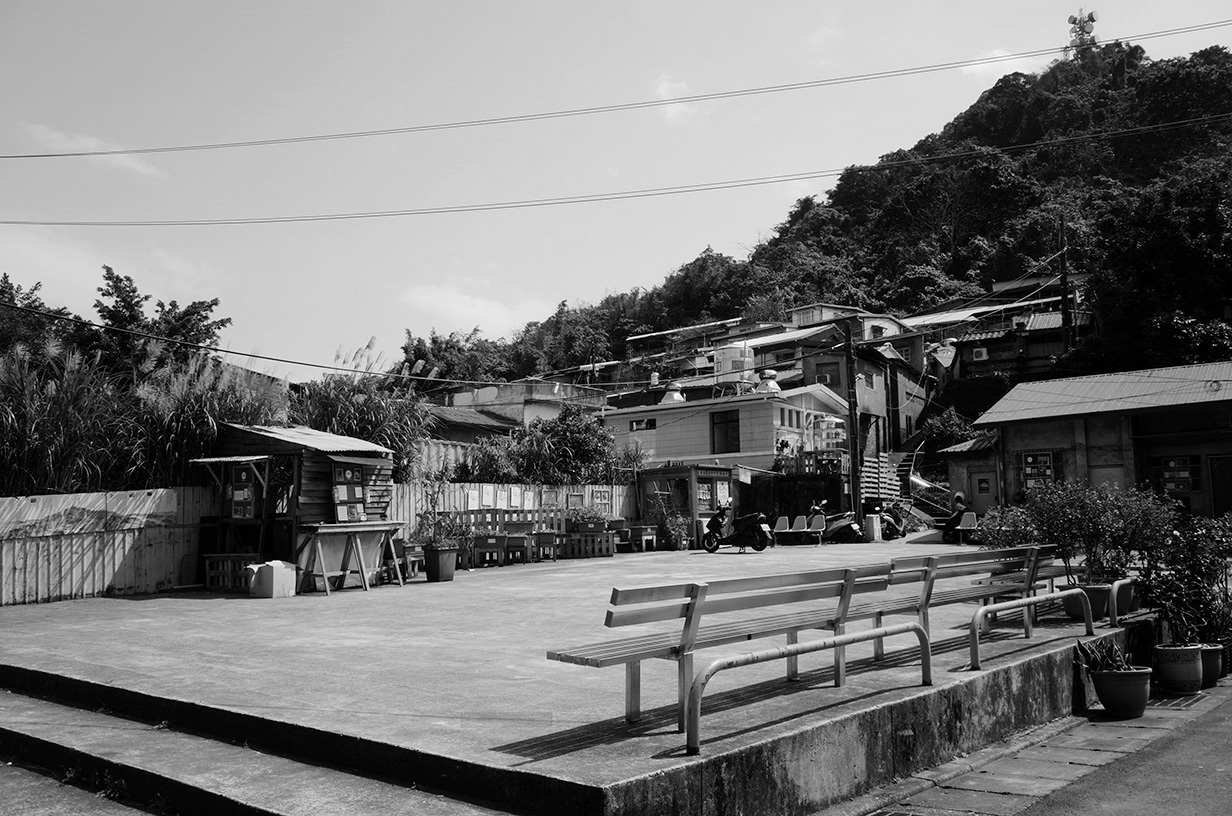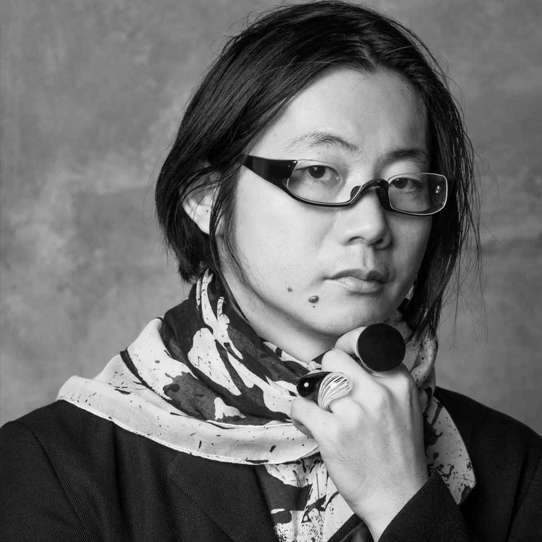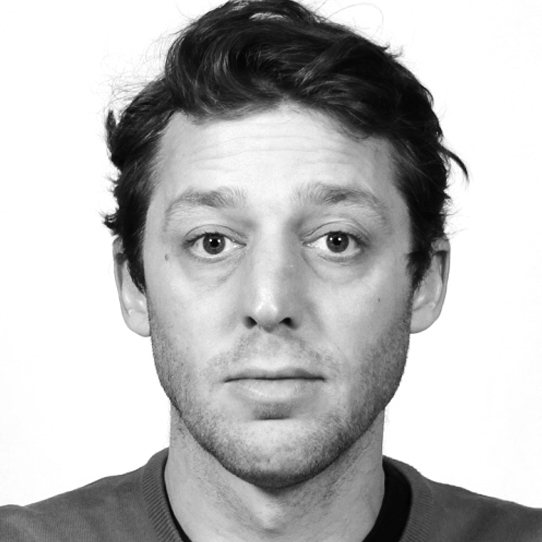S4-Gem of Lives
Instructor: Satoru Sugihara (JP/USA)+ Mike Rijnierse(NL)
AGENDA
Among many elements of the historical values of the site in Toad Mountain, such as having been the site of Joint Operation Command Center, having been veteran’s dependents residence of the Chinese civil war and the specific construction style due to the supply and the situation at the time, we want to put a light on the human-centric value of the fact there were and there are daily lives of people with their memories with families and neighbors.
To convey this message, we’d like to present an installation to express gemlike beauty of activities of daily lives by building physical structure with the materials used in the local DIY construction style such as transparent corrugated plastic and wood framing and then by letting audience walk inside with handheld lighting device. The lighting device is programmed to emit certain lighting pattern when audience walks in, and the installation has reflective panels in the interior to enhance kaleidoscope-like optical effects in the installation.
While the audience projects lights out with the lighting device as audience-participating artistic performance, the installation projects the role of being the residents of the village onto the audience by becoming the entity who emits light of lives. Through this, we hope the installation gives an opportunity for the audience “I” to imagine being the current and past residents “Them” and also imagine precious moments in their lives in the village, and to rethink the meaning of the site and what should be done now with the residents and other people outside including the audience (We).
Although the materials of the installation are chosen to make reference to the existing structures in the village, the form and construction method are different. They are out of the pursuit of the contemporary architectural design with computational technology with intense use of generative system and physics simulation. This is to present the idea of not mere preservation but coevolution of the progress and the heritage around the people who lives there and has lived there. We think if there is necessity of change, due to the changes of living situations of the residents, of political and governmental policies or of the progress of urbanization, the value of lives of people living there and having lived there should be prioritized and we’d like to carry this message though our installation.
SITE

The entrance of the site is a public plaza which seems to be quite suitable for anchoring the structure to the ground. It’s currently considered as the first choice.
STUDIO CHALLENGE
Architecturally, we pursuethe use of computational design methods combining generative methods for advancement of aesthetical complexity in contemporary architecture and agent-based physics simulation for natural form finding with material properties to achieve pragmatic requirements of labor, time and cost efficient construction and accommodating internal space for the lighting performance by audience walking thought the installation with the lighting devices in their hands.
WORKFLOW
- The artist workshop to get experience of design of lighting performance and optical devices with Arduino. (8/18-19)
- The architect workshop to get familiar with computational design techniques with agent-based algorithm in Processing and iGeo library. (8/20-21)
- Programming and production of lighting devices for the project. (8/22)
- Fabrication of installation parts of wooden frames, steel wires, corrugated plastic panels and reflective acrylic panels. (8/22 – 23)
- Construction of base frame anchored to the ground for the suspended structure with wooden columns. (8/23)
- Assembly and installation of steel suspension wires and wooden frames. (8/24-25)
- Attachment of corrugated plastic panels and reflective acrylic panels. (8/26)
WORKSHOP
A. Electronic lighting / sound portable device for art performance
refer to the art and multimedia workshop page
B. Agent-based computational design workshop
refer to the computational workshop page
C. Fabrication and Assembly workshop
- What fabrication / material / multi-media / performative system students will be exploring?
The main structure of the installation is swarm-generated irregularly-spaced suspension wire structure. Wires are attached through horizontal wooden frames giving specific spacing between wires and they naturally form designed shape under the gravity as designed in the simulated form-finding process. Transparent corrugated plastic panels are attached on the outside for the reference to the DIY construction style around the site in Toad Mountain. Reflective acrylic panels are attached inside the tunnel space in the structure for optical effects for the lighting performance when audience walk through with the lighting devices in their hands.
- How students will be participating in this process?
Students will participate in the tasks of fabrication of installation parts and assembly of them as listed below.
- Cutting wood studs and making wooden frames and columns.
- Drilling many holes in specifically designed locations for stainless steel wires to run though.
- Cutting corrugated plastic sheets and reflective acrylic sheets into panels.
- Build wooden columns and anchor them on the concrete ground on the site.
- Attach layers of horizontal wooden frames by putting many stainless steel wires through the frame and the fasten them.
- Attach corrugated plastic panels and reflective acrylic panels.
- Fabrication challenge?
A certain aspect of the project is coordinated for efficient construction like form-finding aspect but some other aspects still involve labor intense complexity in construction especially in drilling holes, putting wires through and fasten the wires to the frame because the structure would have 50-80 wires and 7-8 layers of horizontal wooden frames and then 400 – 600 holes to let the structure achieve generative quality in geometry and self-organizing form finding.


